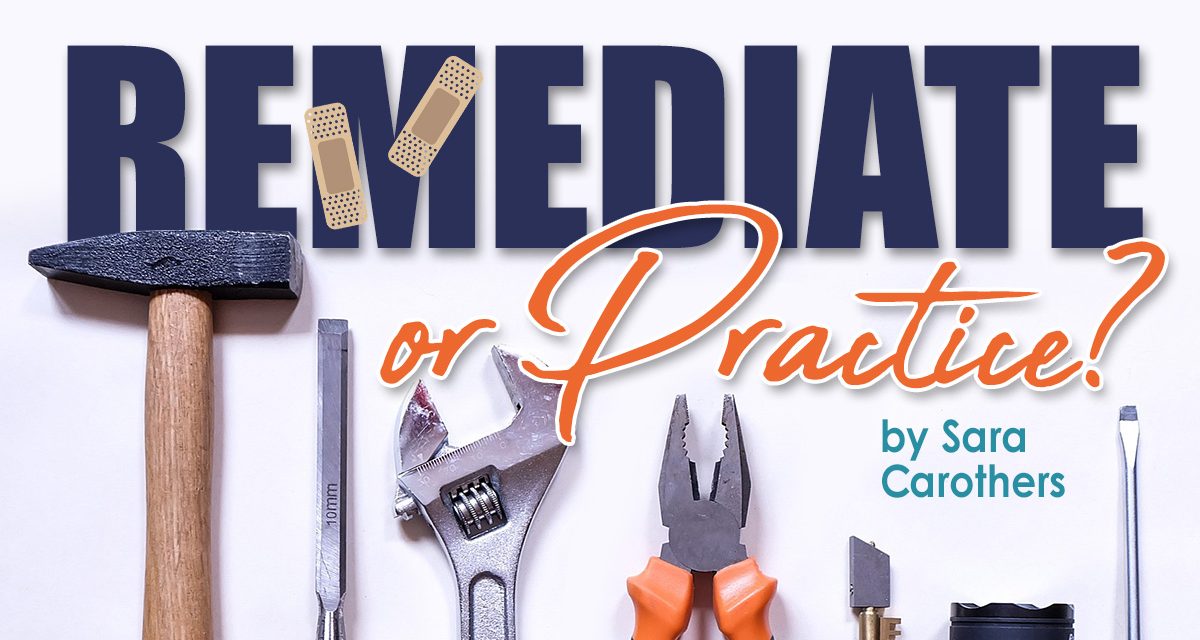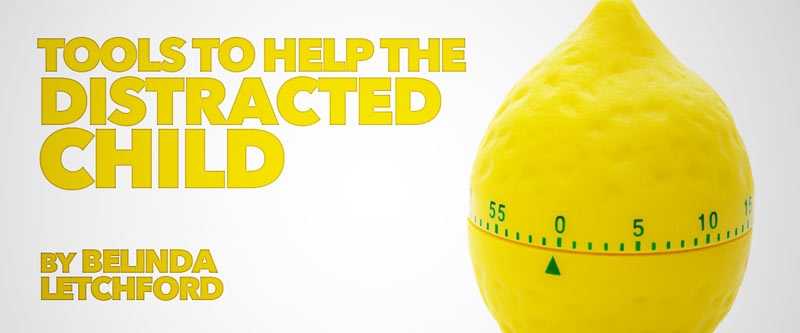Gaps, holes, chasms — call them what you will, but they are a real fear for some parents and something they will avoid if possible. Gaps typically happen when you make a big change. It can be from one math program to another, or it could be from attending school to homeschooling. Something is not lining up in the scope and sequence (S&S) between the old and new program. The S&S refers to what content is covered in what order. For example, one math may do long division in grade 3 and another not until grade 4.
Gaps do happen and they are often not as big of a deal to fix as you may think. When you are teaching a lesson and find that your child has not learned a critical point just yet, you can simply pause, take some time to explain and practice the skill, and eventually move forward with the new program you have chosen. You may need a workbook if a child needs a good amount of practice. You can then integrate this new practice with your regularly scheduled lesson until the targeted skill is good to go. Sometimes this is all that is needed. Pause, practice, and proceed!
And sometimes, it is not enough. The gap shows itself to be deeper than you realized. It turns out their foundation in an area is rocky no matter what you try. This is a call for remediation or re-teaching. You have to back up. This is not to say that your 5th grader needs to back up to grade 1 in your math curriculum. It does mean a pause is necessary. You can make up ground later when things are moving along more smoothly. For now, we have to focus on making connections.
Somewhere along the way, a connection was missed, and your student (for whatever reason) moved forward anyway. This worked for him or her — until it didn’t. That is where you find yourself now, on a hunt for the missed connection! It could be as easy as a conversation. For example, back up to basic arithmetic, talk through simple concepts, all the while making connections to the next thing. Point out number fact families like how 7+8=15 is just like 15-8=7. Maybe you use a manipulative or maybe you demonstrate it on paper or a whiteboard. Keep working until you get that A-HA! moment indicating you have found the missed connection. Walk them forward to where you are now in your lesson, checking their comprehension as you do. Now, pick up the lesson again and move slowly. Make a concerted effort to point out connections as you go about your day. The more connections, the better their retention!
Remediation takes as long as it takes. What you want to avoid is making the gap bigger, wider, and deeper by adding more information on top of a rocky foundation. ~ Sara
For practice:
Extra Practice for Struggling Readers
For remediation:
Practice Coach Plus English Language Arts





